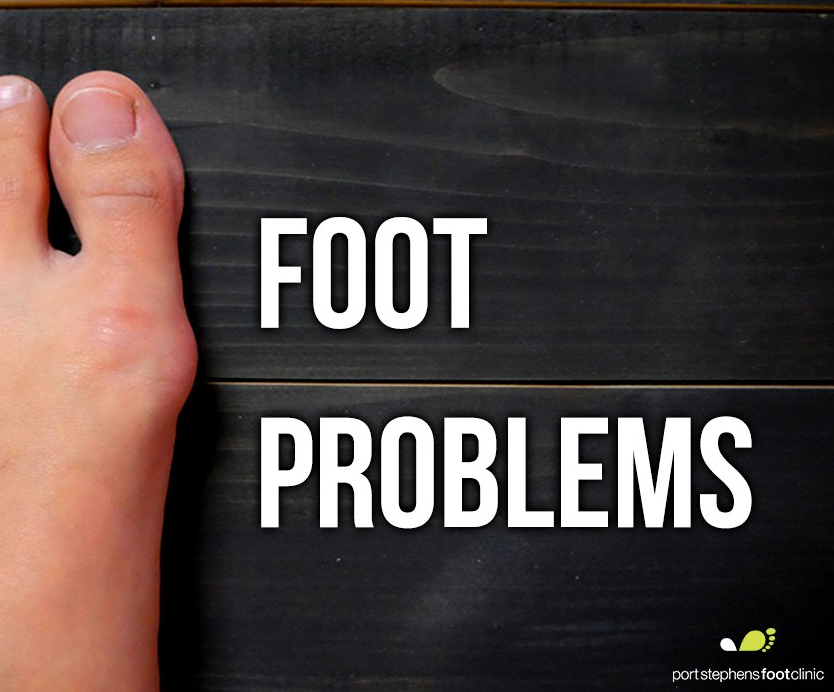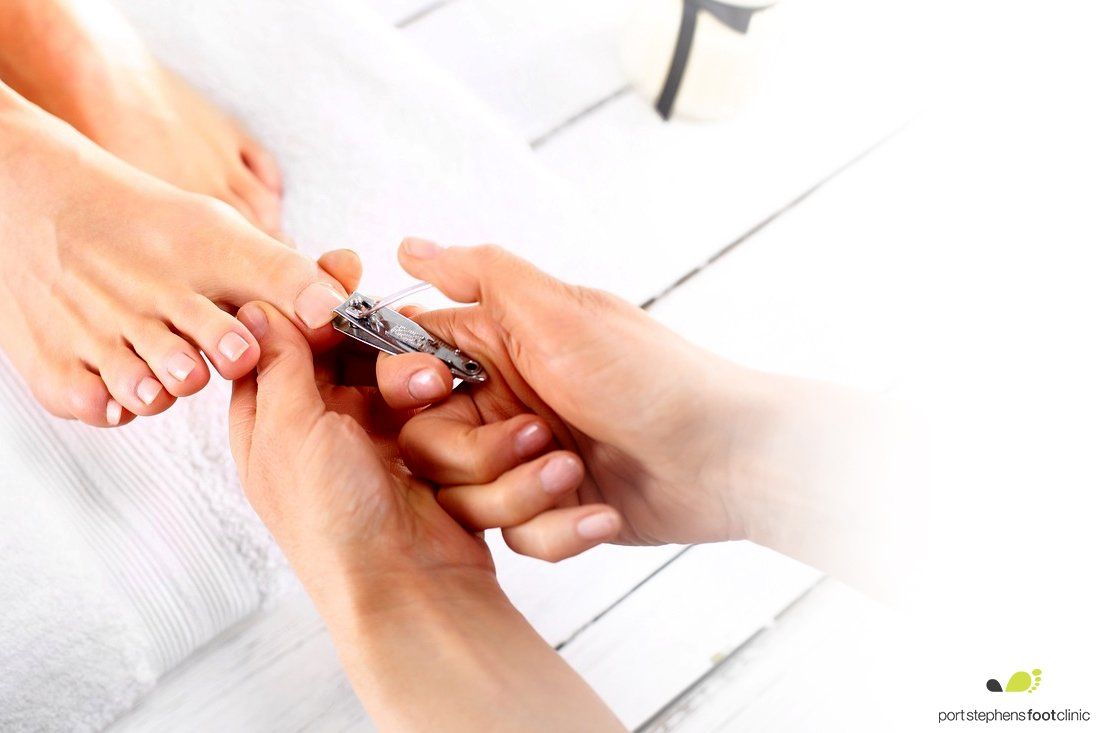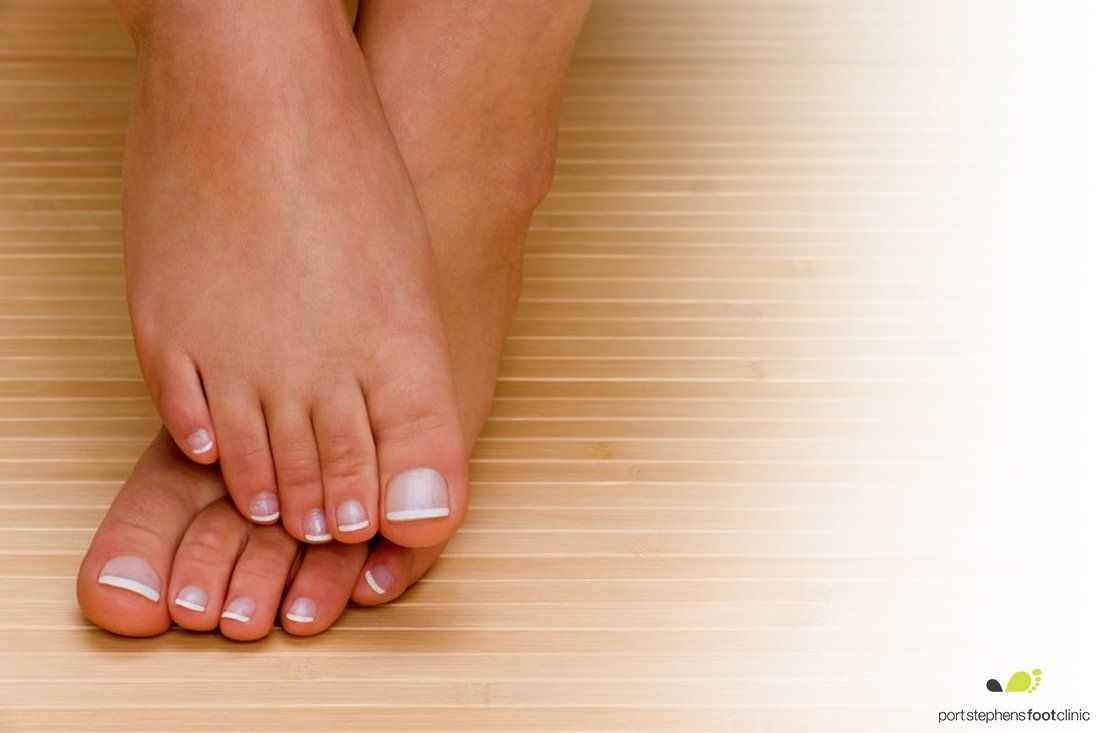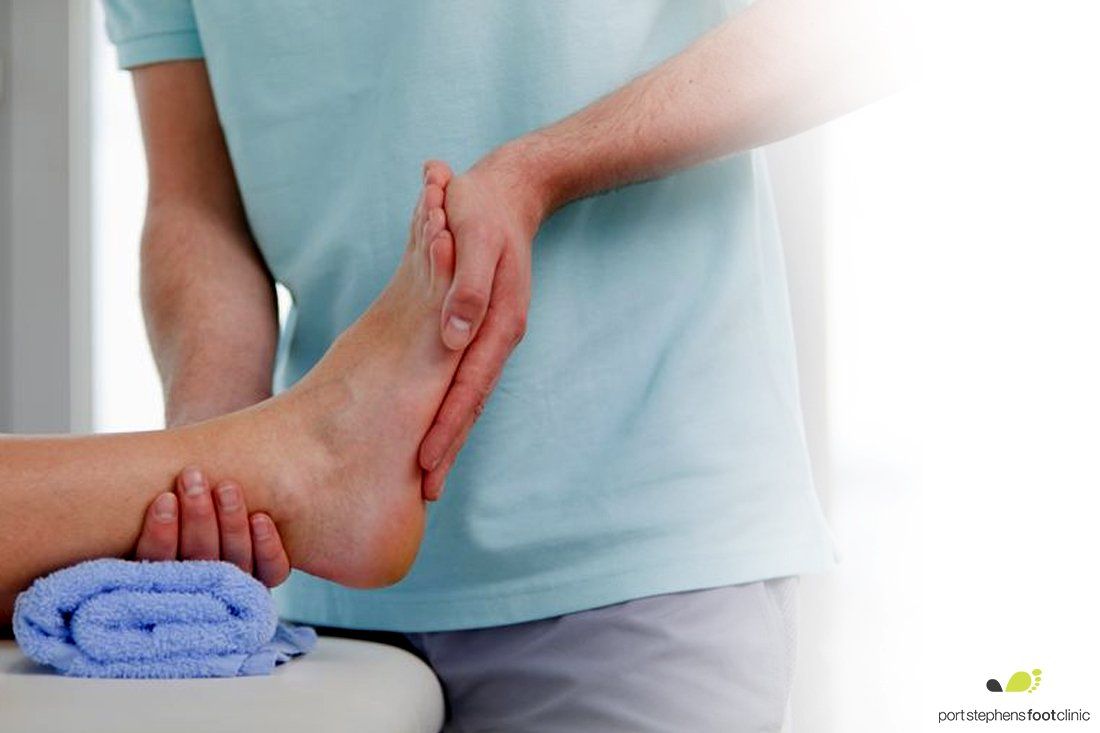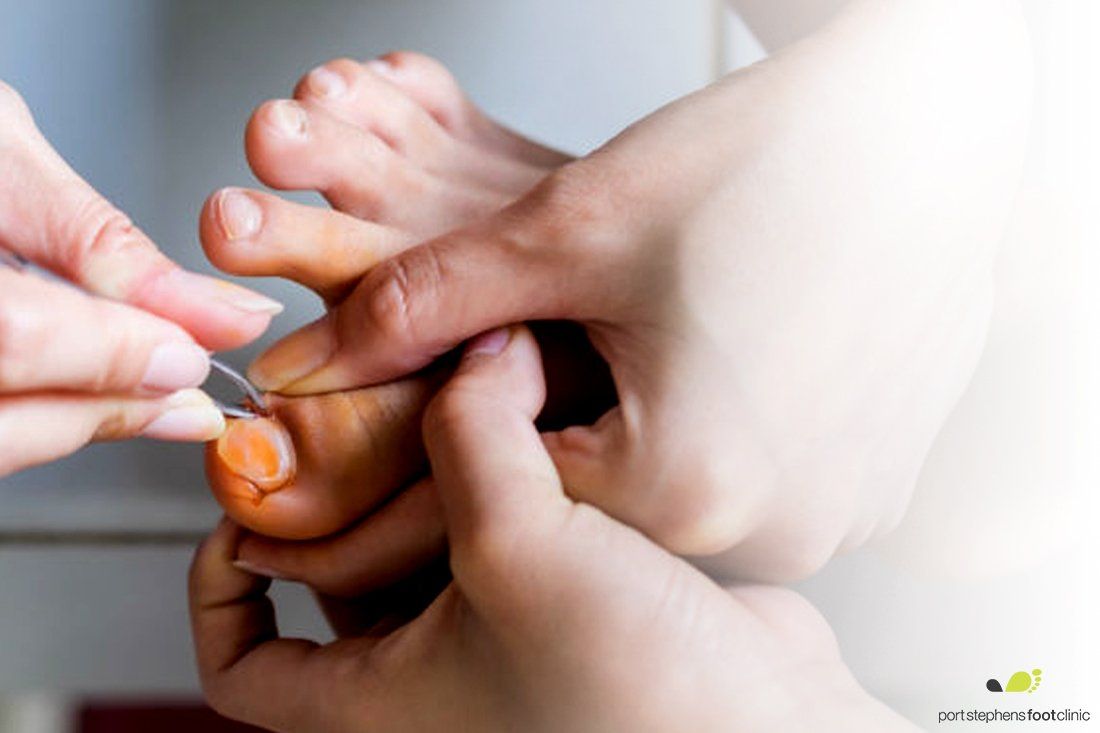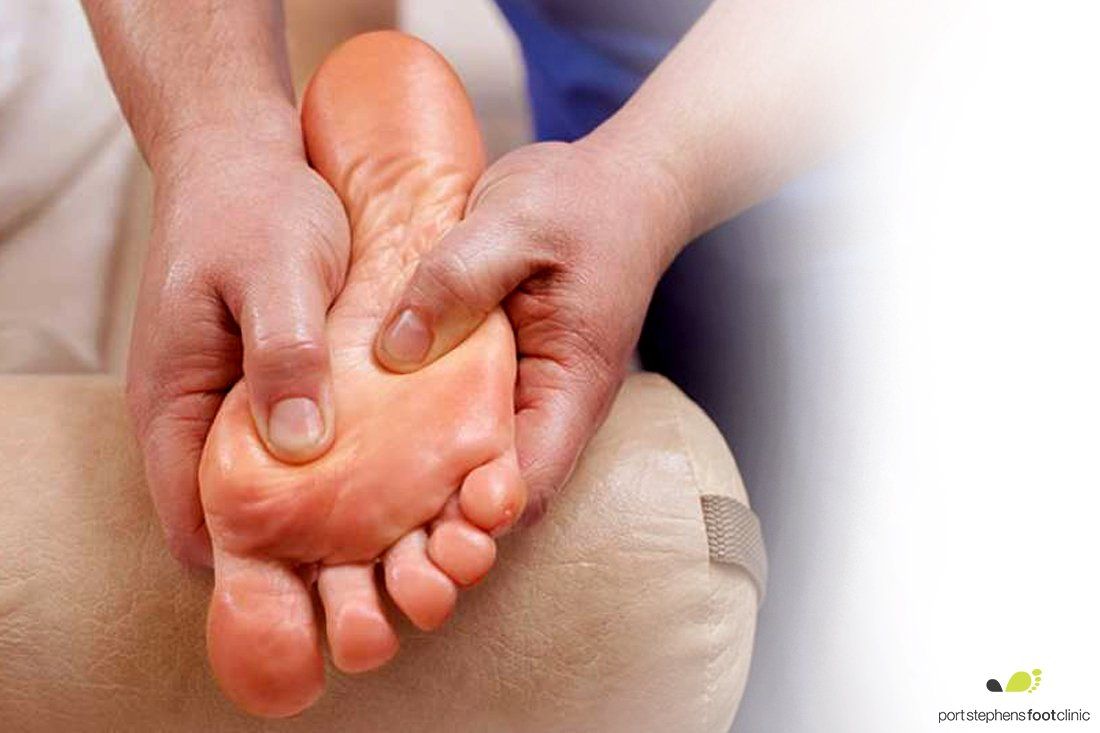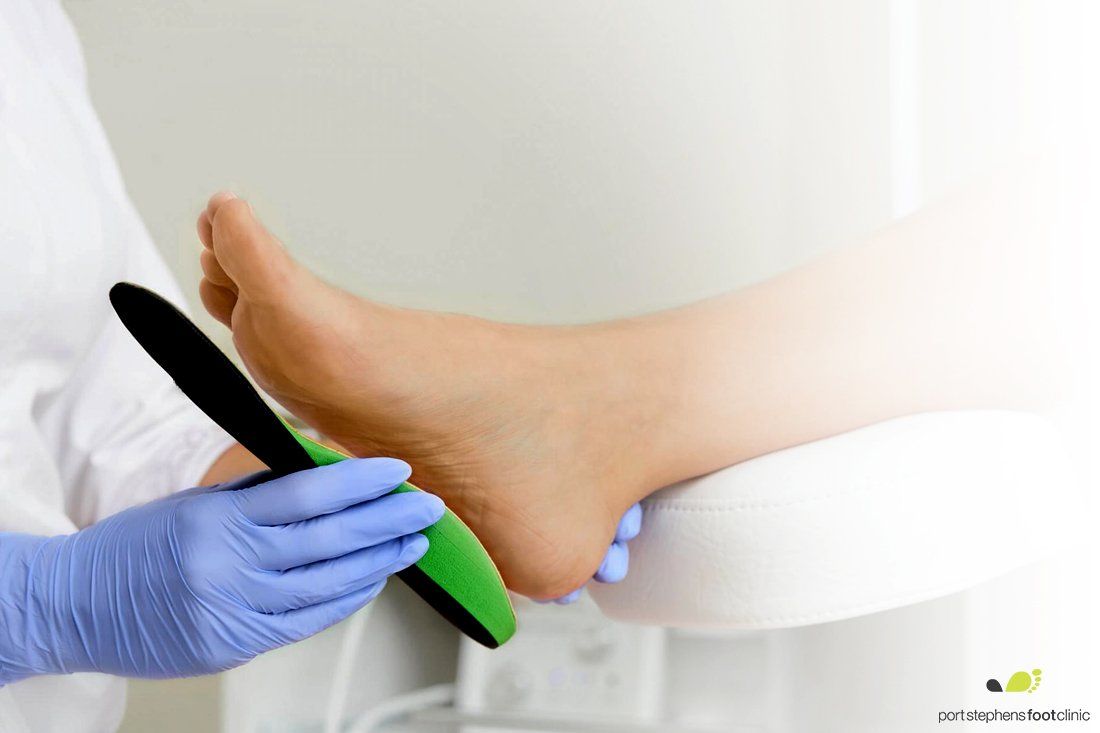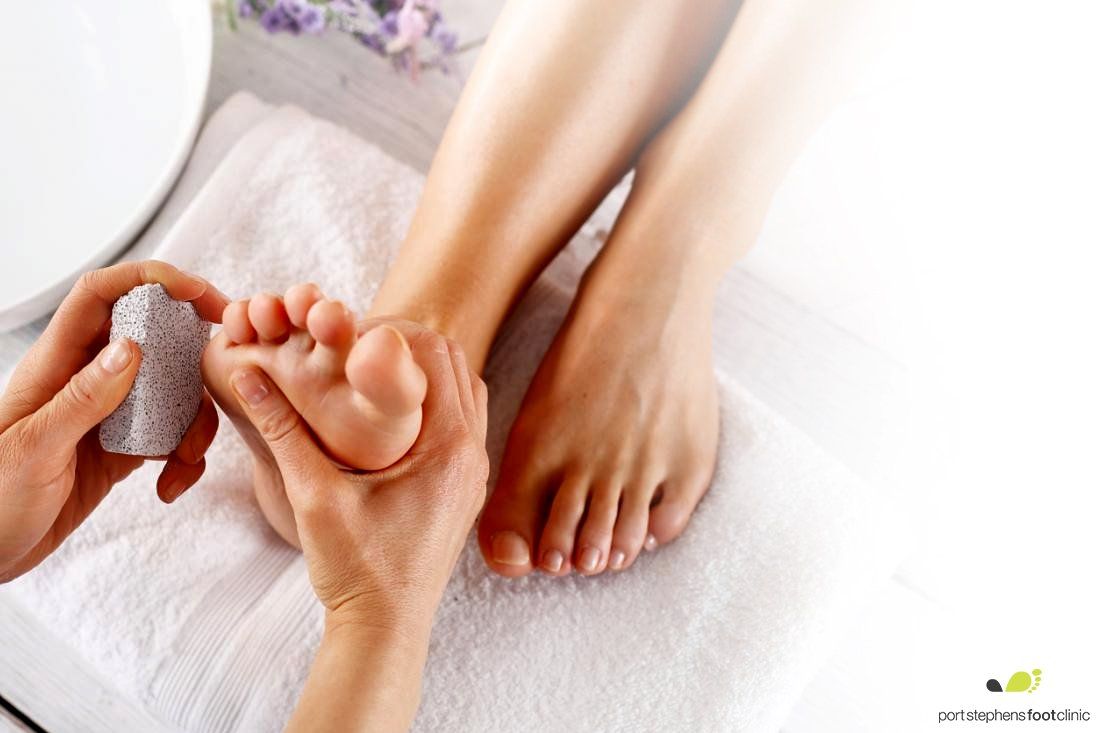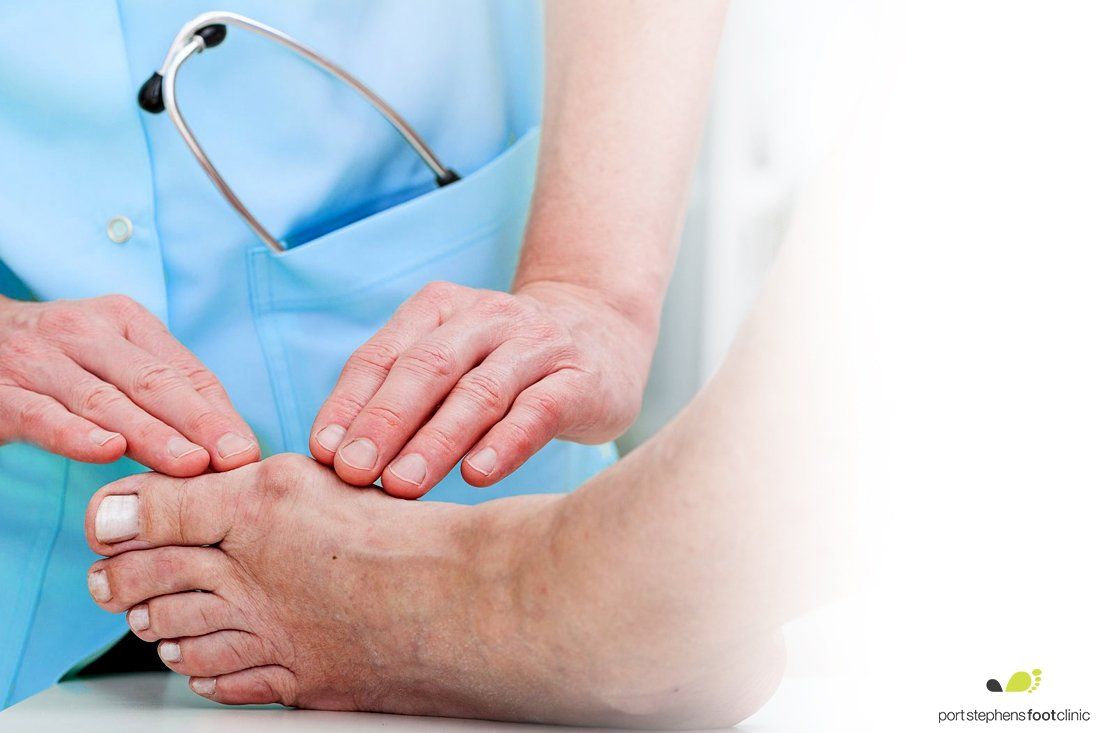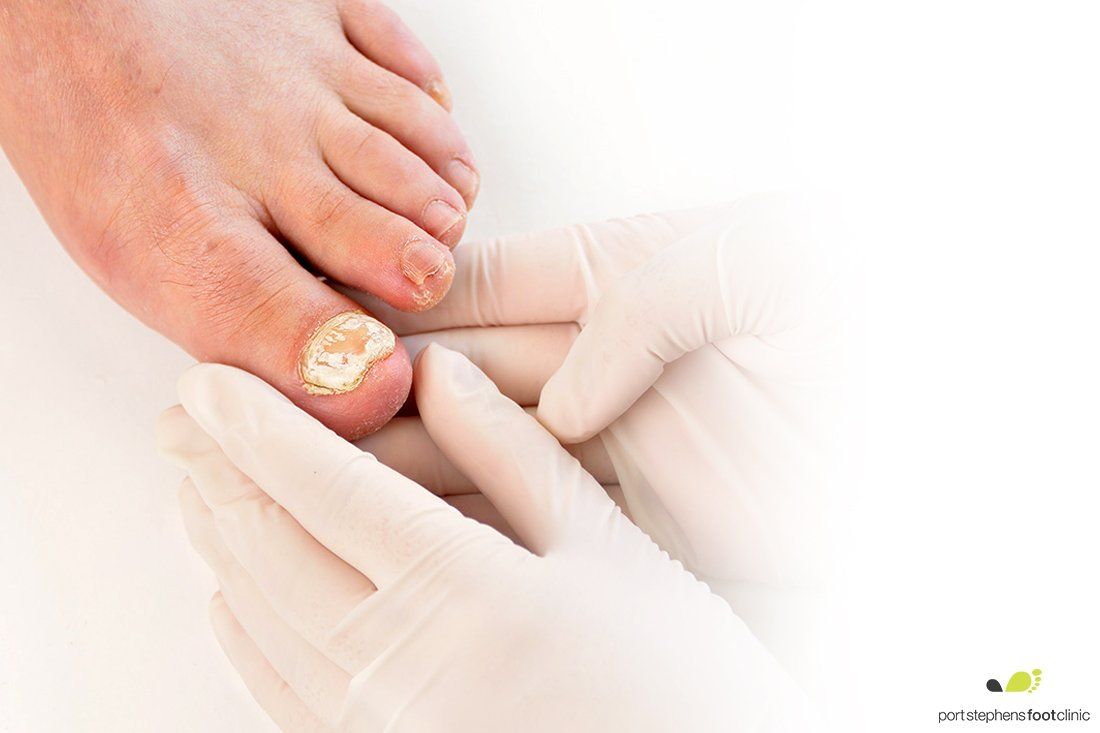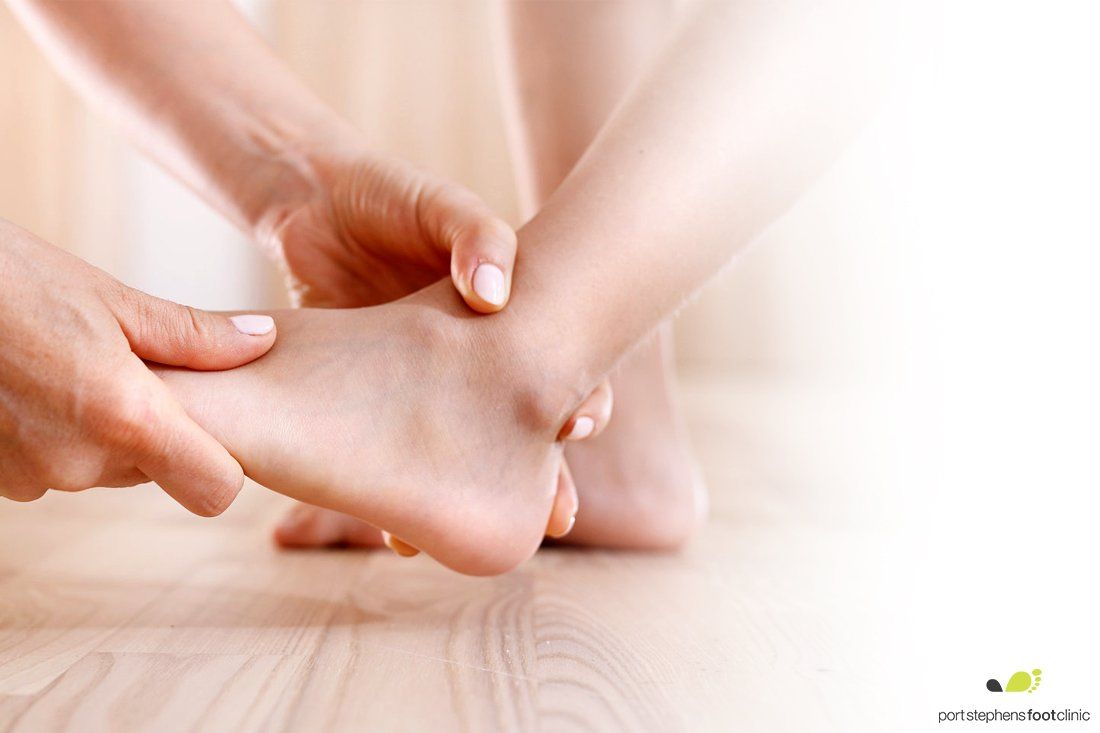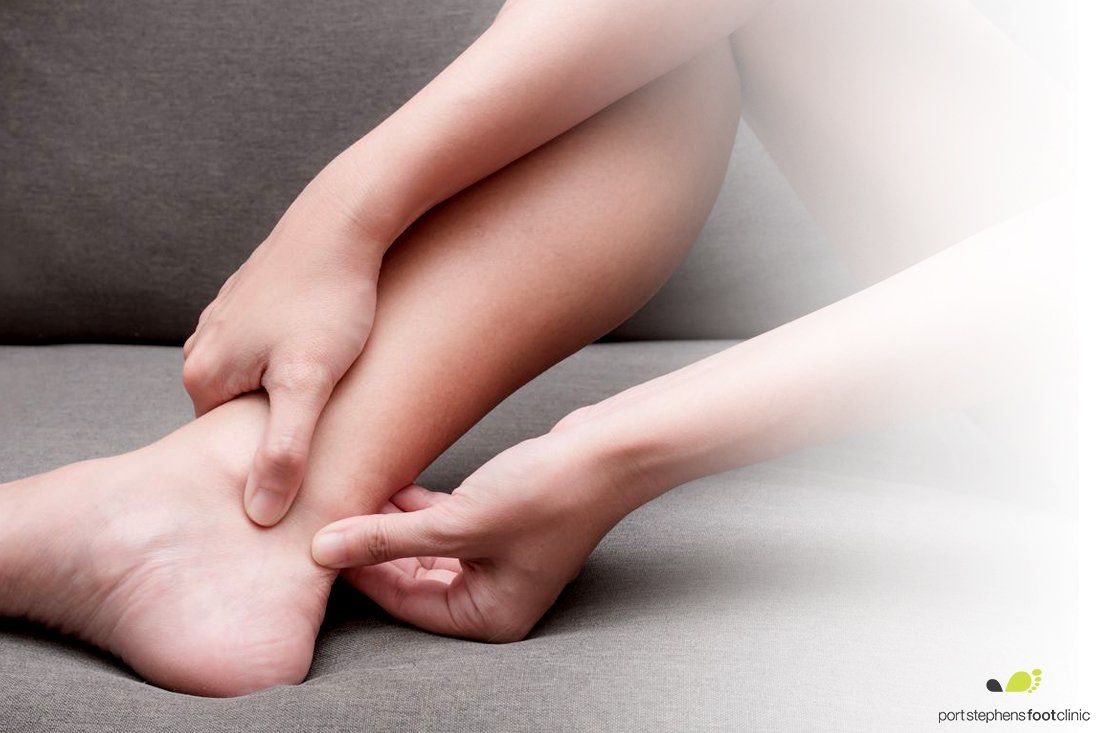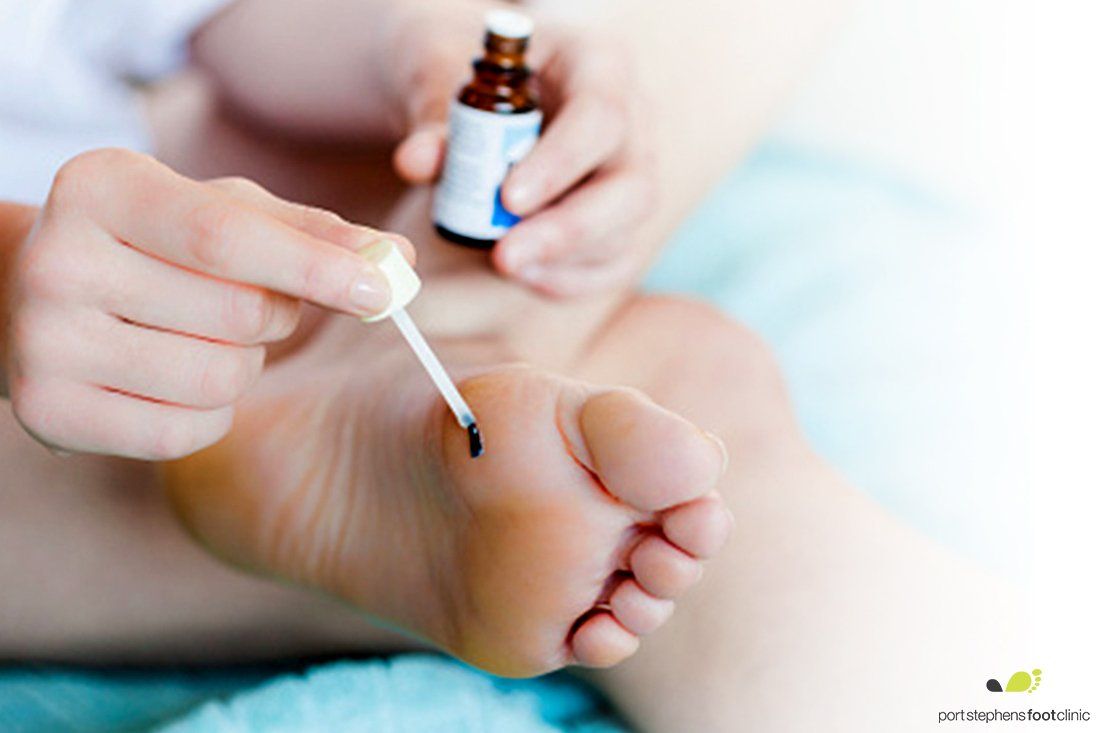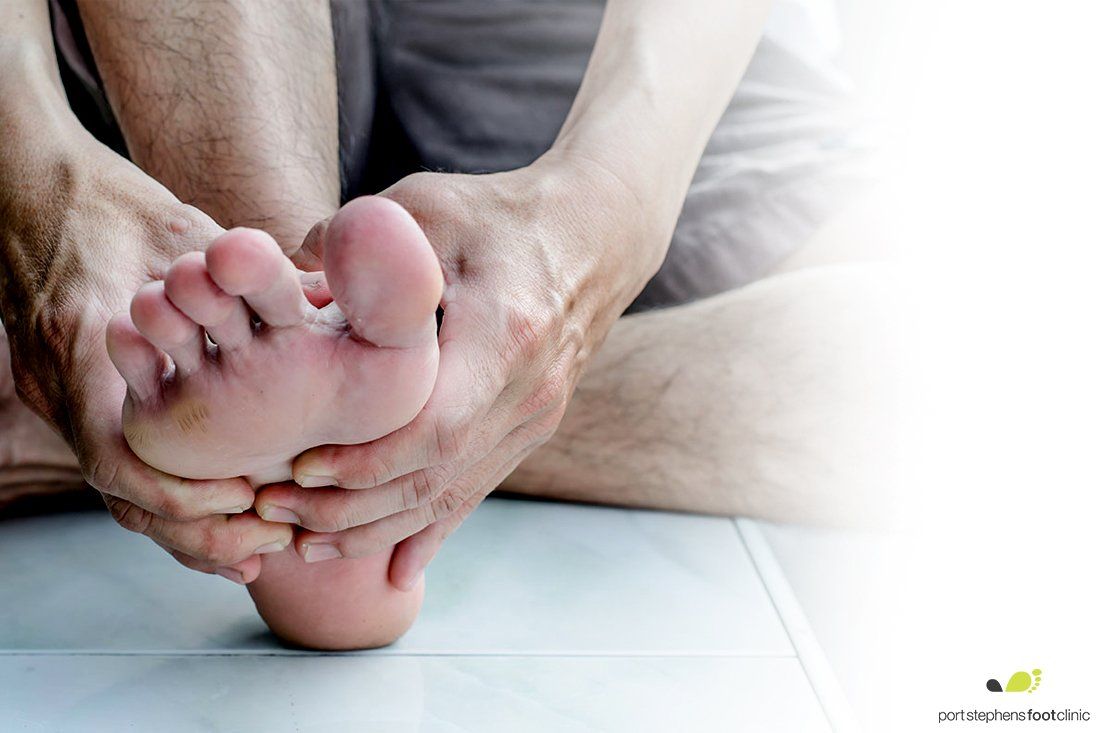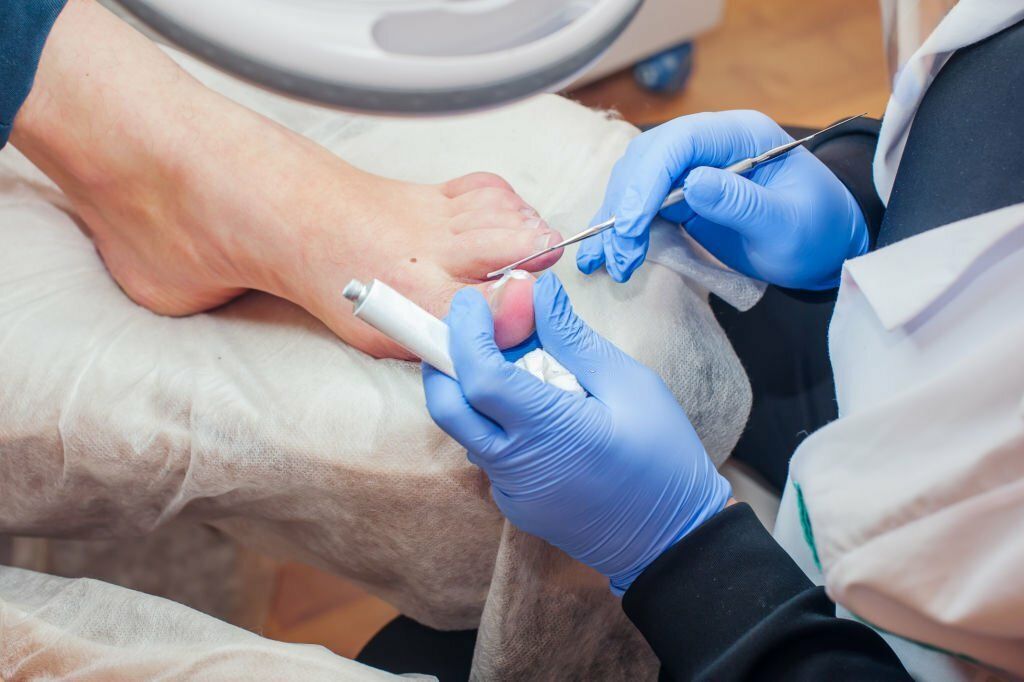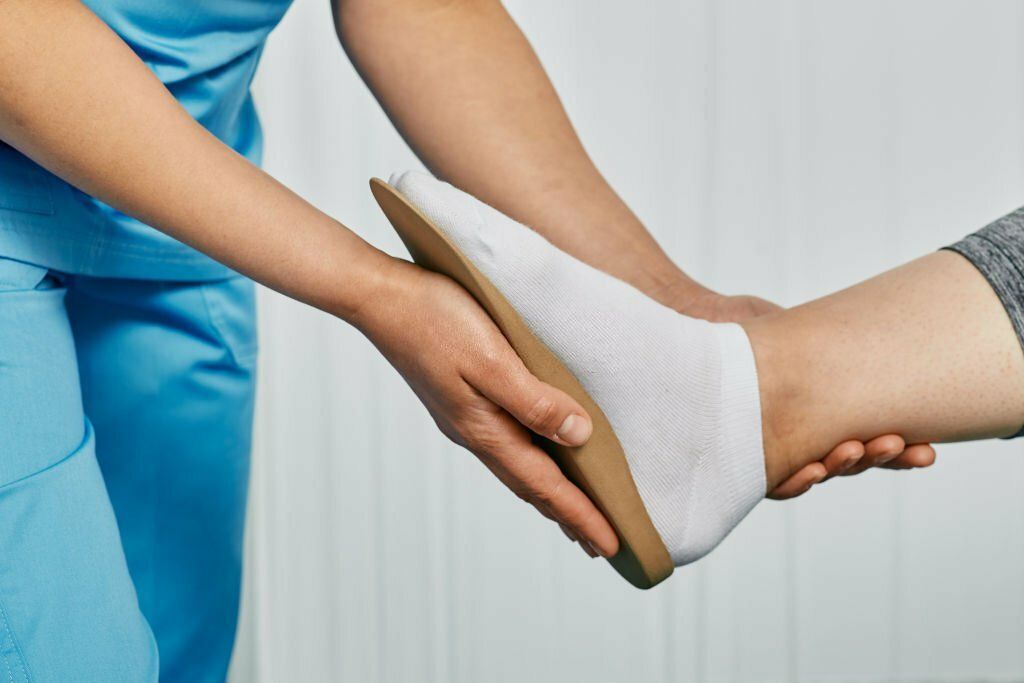Ingrown Toenails
An ingrown toenail occurs when a portion of the nail plate, usually a sharp spicule, grows deep in the side and causes pressure on the surrounding skin. Ingrown toenails can be very painful, cause infection and need to be treated as soon as possible.
What Are Ingrown Toenails?
Ingrown toenails are a painful condition that affect many people. This common problem involves the toenail’s growth. Ingrown toenails occur when the corner or side of a toenail grows into the soft flesh. This causes substantial pain. The toe area where the ingrown toenail is will also become red and swell. Sometimes it can lead to an infection. In most instances, ingrown toenails affect your big toe. However, any toe is subject to this problem. Finding a solution for your ingrown toenail is essential for your comfort and to prevent further issues. Read on to find out more about ingrown toenails.
What Are the Signs and Symptoms of an Ingrown Toenail?
Maybe you’ve felt some pain around your big toe, or you saw some redness. Yet, you weren’t sure if you had an ingrown toenail or not. Read about the symptoms of ingrown toenails for more information:
- Pain in your toe along the side of the nail
- Tenderness along one or both sides of the toenail
- Redness surrounding your toenail
- Swelling of your toe around the nail
- Potential infection of the tissue around your toenail
If you notice any of these signs, there’s a good chance you do have ingrown toenails.
What Causes Ingrown Toenails?
If you’ve never had ingrown toenails before, you may be wondering what caused it or why it happened. It’s vital to know the underlying reasons for ingrown toenails, so you work to resolve it quickly. Some of the common causes for ingrown toenail include:
- Wearing poor-fitting shoes that don’t allow enough room for your toenails
- Cutting your toenails too short
- Not cutting your toenails straight across
- Injuring your toenails
- Having toenails that are curved
- Wide nail plates
- Skin growing over the nail plate
Problems with Ingrown Toenails
It’s critical to resolve ingrown toenail issues right away because complications can arise. This is mostly an issue for people who have diabetes because it results in poor blood flow and could damage the nerves in your feet. There is also the risk for infection.
Tips to Prevent Ingrown Toenails
Prevention is an important goal if you’re prone to getting ingrown toenails. Here are a few tips to facilitate this:
- Trim your toenails straight, not curved.
- Don’t cut toenails too short — keep them at a moderate length.
- Wear properly fitted shoes.
- Wear protective footwear.
- Keep an eye on your feet if you suspect there is a problem — it’s best to resolve the problem right away.
How We Can Help Treat Ingrown Toenails
At Port Stephens Foot Clinic, a certified podiatrist will gently remove the affected nail. They will be careful to only remove the toenail portion that is causing the pain, inflammation, and possibly infection. Once this process is complete, the podiatrist will cover your toe with the proper wound bandages and then review your situation 1-2 weeks. The podiatrist may advise you to see your regular general practitioner for a course of antibiotics if infection is suspected.
At the follow-up appointment, the podiatrist will ensure healing and re-growth are taking place. They will ensure the toenail is growing back straight as well.
Finally, you can count on your Port Stephens Foot Clinic podiatrist to provide more permanent solutions if your ingrown toenail continues to occur.
Get in touch with us today for more information.
Next Steps
Our local certified podiatrists based in Lambton, Medowie, Raymond Terrace, Tanilba Bay, Cessnock and Kurri Kurri are ready to assist you with the pain caused by Ingrown Toenails. Don’t delay getting your issue resolved.
Get in touch
with us today to schedule an evaluation.



